raytracing
Latest
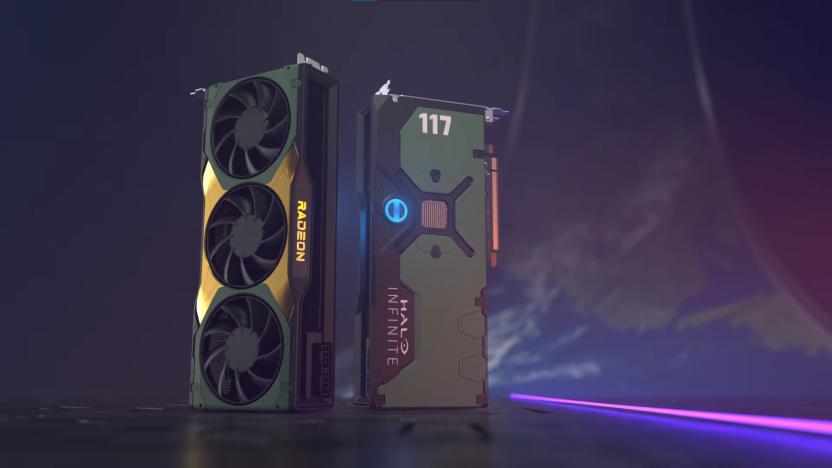
Microsoft and AMD will give away a 'Halo Infinite' Radeon RX 6900 XT GPU
The companies are working together to eventually bring ray-tracing to the game too.
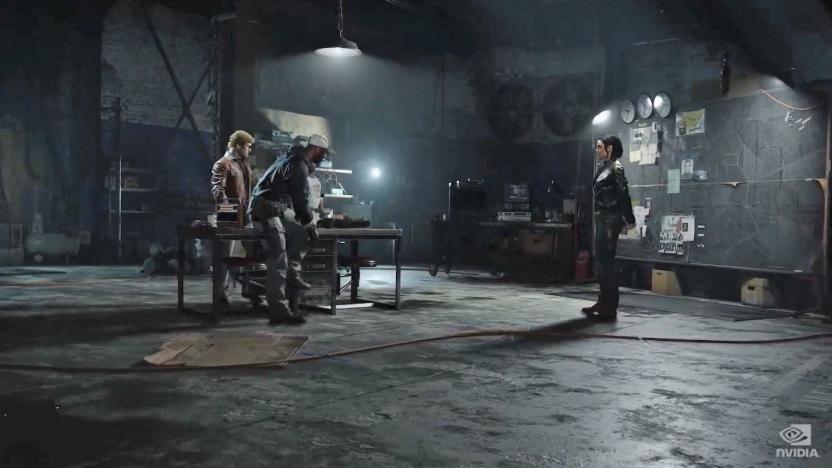
'Call of Duty: Black Ops Cold War' will have ray-tracing support
It'll tap into NVIDIA's new low-latency Reflex tech as well.
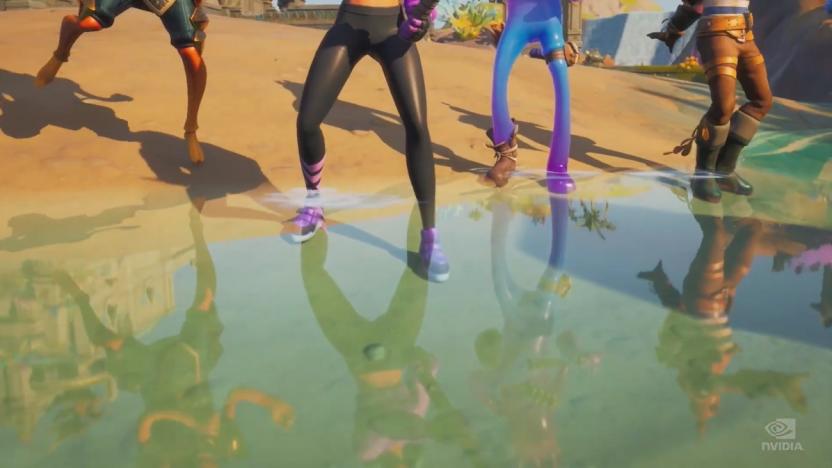
'Fortnite' will soon support ray-tracing and NVIDIA's DLSS tech
The battle royale's about to look much nicer.
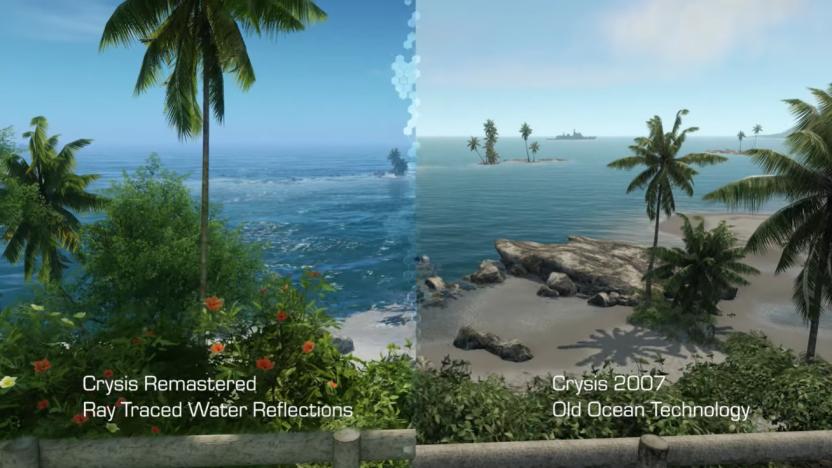
'Crysis Remastered' can run in 8K, if your PC can handle it
It's coming to PS4, Xbox One and Epic Games Store on September 18th.
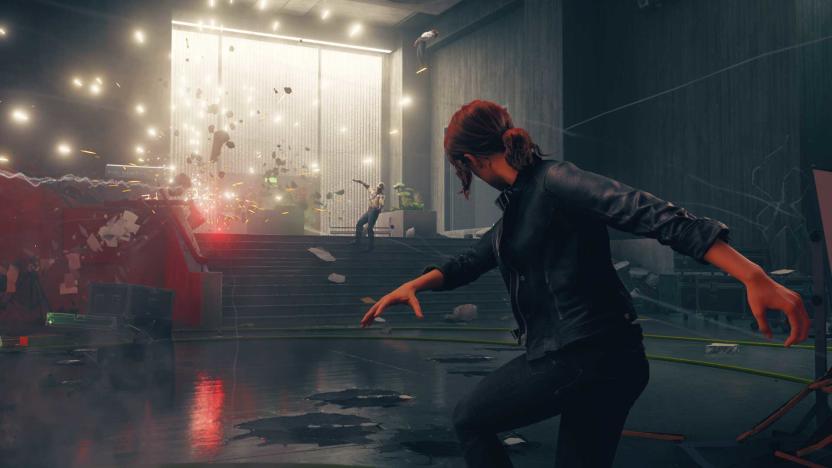
'Control' is headed to PS5 and Xbox Series X
You might get a taste of its ray-tracing capabilities on console.
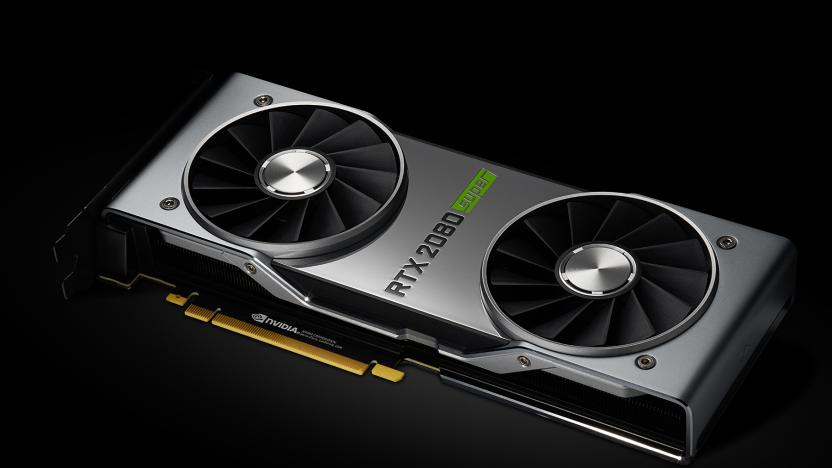
NVIDIA's new RTX Super cards are a pre-emptive strike on AMD
With AMD's next generation of GPUs just days away, NVIDIA is making good on its drawn-out tease with a trio of new graphics cards: the RTX 2060 Super, RTX 2070 Super and the RTX 2080 Super. What does that "Super" mean? Well, there's not a single answer to that.
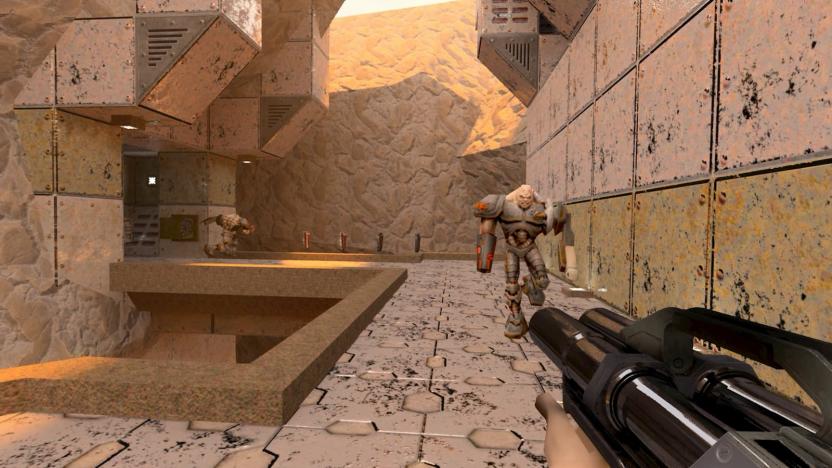
The free 'Quake II RTX' demo is now available on Steam
To show off the capabilities of path tracing, NVIDIA has released an updated version of id Software's classic 1997 FPS Quake II. You can play the first three single-player levels of Quake II RTX for free, and if you own the full game, you'll be able to play the whole thing in path tracing mode, including multiplayer.
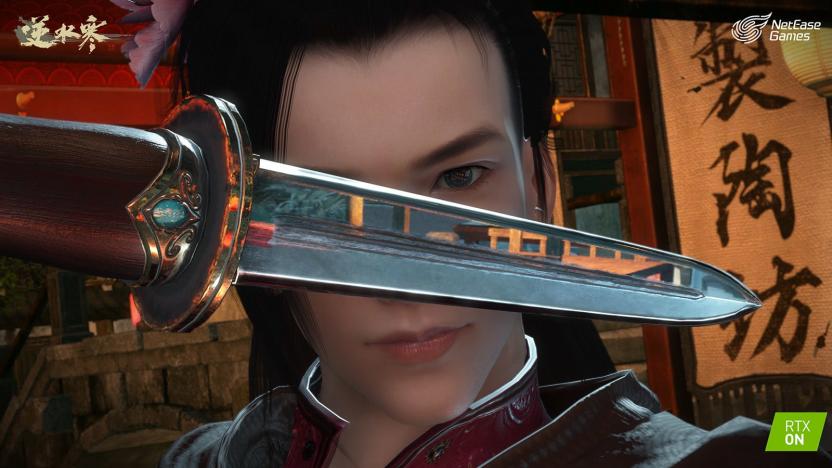
NVIDIA shows how much ray-tracing sucks on older GPUs
NVIDIA recently announced that ray-tracing is coming to older Pascal GPUs, and now it has detailed how well -- or not well, rather -- it will actually work. If you're happy with basic effects, the news isn't too bad. The RTX 2080 Ti will outperform its 1080 Ti counterpart by just over double for reflections, in line with what you'd expect for a next-gen card. However, for stuff that really adds realism, like advanced shadows, global illumination and ambient occlusion, the RTX 2080 Ti outperforms the 1080 Ti by up to a factor of six.
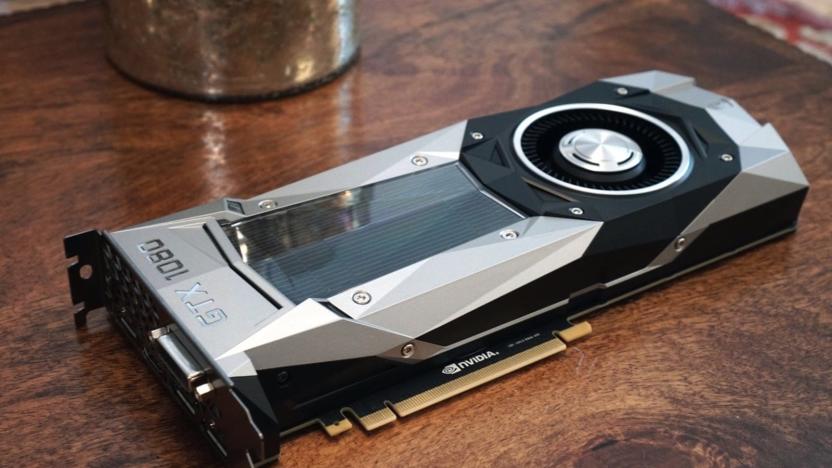
NVIDIA's ray tracing tech will soon run on older GTX cards
NVIDIA has announced that its ray-tracing tech, only available on its new RTX cards so far, is coming to its older GeForce GTX 10-series cards in April. The technology will work on GPUs from the GTX 1060 and up, albeit with some serious caveats. Some games like Battlefield V will run adequately at low settings, but other games, like the freshly released Metro Exodus, will run at just 18 fps at 1440p -- obviously an unplayable frame-rate.

NVIDIA may have unwittingly leaked Unity ray-tracing support
NVIDIA launched the era of ray tracing about 5 months ago with the release of the RTX 2080 Ti GPU, but so far, it hasn't gone over well -- there's just one game that supports it. Sales of the pricey cards have been slower than it expected, and the cryptocurrency collapse hasn't helped. So, NVIDIA CEO Jensen Huang was eager to mention that ray tracing support was available on both Unity and Unreal, the most popular gaming engines. The problem is, Unity has yet to reveal anything like that, so NVIDIA may have inadvertently stolen its thunder.

NVIDIA RTX 2060 hands-on: Ray-tracing on a budget
Finally, NVIDIA's RTX 2060 is here. And that's great news for gamers on a budget. At $349, it's the cheapest of NVIDIA's desktop RTX GPUs, which sport next-generation features like real-time ray tracing. The mid-range RTX 2070 goes for around $500, while the 2080 sells for $700 and the highest end 2080 Ti goes for nearly $1,000. Sure, it's still pricey -- NVIDIA's GTX 1070 originally debuted around $380 years ago -- but the RTX 2060 also delivers plenty of value for anyone who wants to dip their toes into NVIDIA's latest tech.
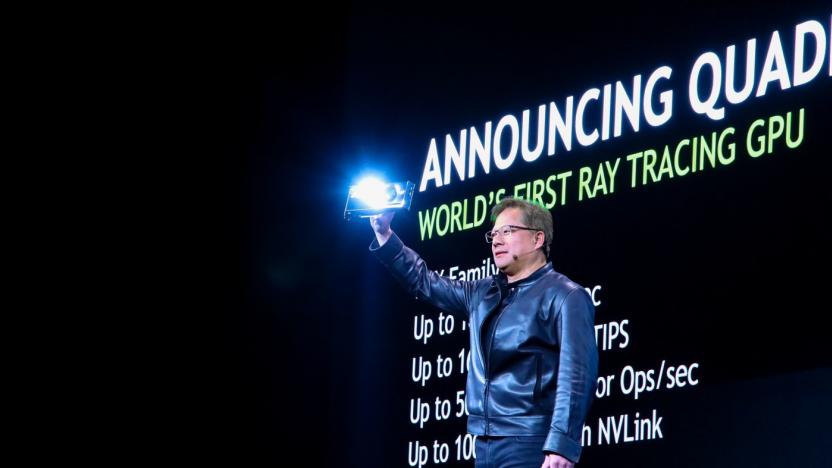
NVIDIA's Turing-powered GPUs are the first ever built for ray tracing
Earlier this year NVIDIA announced a new set of "RTX" features that included support for advanced ray tracing features, upgrading a graphics technique that simulates the way light works in the real world. It's expected to usher in a new generation of hyper-realistic graphics but there was one small problem: no one made any hardware to support the new stuff yet. Now at the SIGGRAPH conference NVIDIA CEO Jen Hsun Huang revealed eighth-generation Turing GPU hardware that's actually capable of accelerating both ray tracing and AI. Turing can render ray tracing 25x faster than old Pascal technology thanks to dedicated processors that will do the math on how light and sound travel through 3D environments. They're also the first graphics cards announced with Samsung's new GDDR6 memory on board to move data faster using less power than ever before.

Ray tracing explained: The future of hyper-realistic graphics
Ray tracing has long been gaming's holy grail. A method of creating hyper-realistic lighting and graphics, for years ray tracing has been promised as the technology that will take games the next step closer to total realism. Ray tracing has perennially been just on the horizon, but at GDC 2018, both NVIDIA and Microsoft showed off technology that could make real-time ray tracing a reality. Typical graphics technology, struggle with how light works. Most games used rasterization, which draws a frame almost the same way someone paints a picture, one bit at a time, and with a lot of approximation. Ray tracing hews closer to how light works in the real world, by modelling millions of beams of light, and calculating how they'd bounce around a scene.
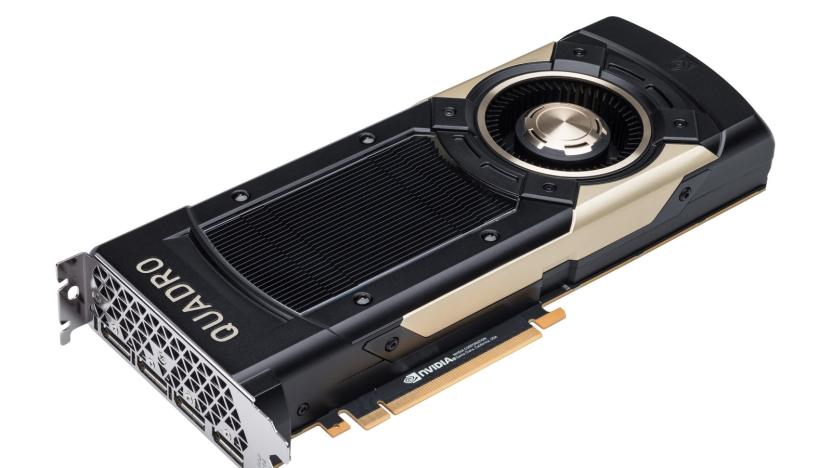
NVIDIA's Quadro GV100 GPU will power its ray tracing tech
Last week, NVIDIA unveiled its RTX real-time ray tracing technology at GDC. It has the potential to change the way artists and developers work in 3D, by letting them quickly render realistic scenes. The only downside? It was meant for video cards the company still hasn't launched yet. At its GPU Technology Conference (GTC), NVIDIA announced the first GPU that can power RTX, the Quadro GV100. Like the recent $3,000 Titan V, it's a powerhouse card built on the company's next-generation Volta architecture.
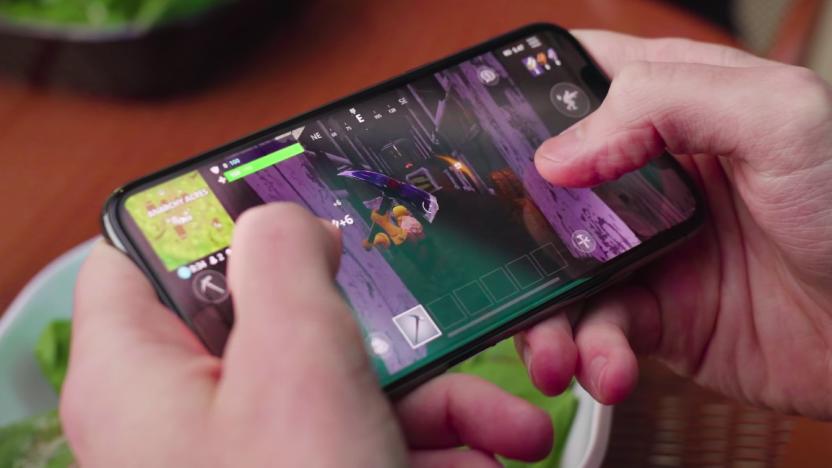
Tim Sweeney wants Unreal to power the cross-platform revolution
It's 2018 and developers are finally taking mobile games seriously -- or it's the other way around, depending on whom you ask. "I think what we are seeing is now these AAA games from traditional PC and console developers going mobile, and they are among the most popular mobile games that exist," Epic Games co-founder Tim Sweeney says. Epic CTO Kim Liberi jumps in and adds, "I think it's almost the other way, I think it's that mobile developers are taking games more seriously."
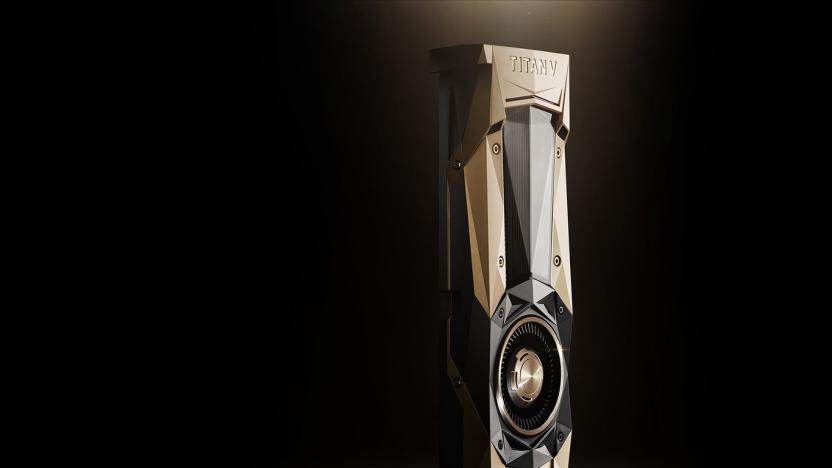
NVIDIA announces exclusive features for GPUs that don't exist
It's been exactly five years since NVIDIA announced Volta, its next-generation GPU architecture. The closest thing to a Volta consumer graphics card we've seen since is the Titan V, a $3,000 offering targeted at scientists that was announced three months ago. Well, today at GDC, NVIDIA is... still not announcing a new GeForce card based on Volta. What it's doing instead is teasing that Volta cards will have some exclusive GameWorks features. The new features are part of "RTX," a "highly scalable" solution that, according to the company, will "usher in a new era" of real-time ray tracing. Keeping with the acronyms, RTX is compatible with DXR, Microsoft's new ray tracing API for DirectX. To be clear, DXR will support older graphics cards; it's only the NVIDIA features that will be locked to "Volta and future generation GPU architectures."

Disney explains why its 3D animation looks so realistic
Have you watched 3D-animated Disney flicks like Big Hero 6 and wondered how some of its scenes manage to look surprisingly realistic? Today's your lucky day: Disney has posted a top-level explanation of how its image rendering engine, Hyperion, works its movie magic. The software revolves around "path tracing," an advanced ray tracing technique that calculates light's path as it bounces off objects in a scene. It takes into account materials (like Baymax's translucent skin), and saves valuable time by bundling light rays that are headed in the same direction -- important when Hyperion is tracking millions of rays at once. The technology is efficient enough that animators don't have to 'cheat' when drawing very large scenes, like BH6's picturesque views of San Fransokyo. Although Disney's tech still isn't perfectly true to life, it's close enough that the studio might just fool you in those moments when it strives for absolute accuracy.

Imagination's new graphics tech brings realistic lighting to mobile games
Even the prettiest mobile games tend to look a bit ugly, with simple lighting effects that remind you that you're not using a more powerful console or PC. If Imagination Technologies has its way, though, those pocket-sized games will be truer to life. Its newly unveiled Wizard architecture brings ray tracing, a technique that calculates the path of every light beam in a 3D scene, to the company's PowerVR mobile graphics cores. You can see the resulting visual boost in the picture above: every light casts a shadow, glass is more realistic and reflections accurately portray the surrounding world. The first core to use Wizard is the high-end GR6500, which companies can license for their mobile processors. Imagination hasn't named customers, but we'd note that Apple and Intel are among two of its clients -- don't be surprised if your next iPhone or Windows tablet is a graphics powerhouse.

Daily iPad App: Quaternion Julia Raytracer HD
Of the many things I expected my iPad to do, ray tracing was not one of them. The ability to make realistic looking objects with accurate reflections was originally the domain of high end workstations, but over the years it has migrated down to laptop and desktop class computers. Now the programmers at Angisoft in Germany have a pretty impressive ray trace app for the iPad. Called, appropriately, Quaternion Julia Raytracer HD, it renders quaternion julia fractals at a reasonably fast clip, and supplies some background images that can provide the reflections on the surface of the 3d object. What you get is a kind of modern sculpture that can be seen from any angle, and with onscreen settings, you can modify the shape all you want. Of course each change requires another rendering pass, but it only takes a few seconds. The app also allows you to render in anaglyphic 3D and the image looks great with red/blue glasses if you have some around. The renderings you produce would make a great iPad desktop or lock screen. The app was stable throughout my testing, and the images that resulted were sharp. A few negatives should be noted. The app should provide for export to mail, some of the social networks, or even saving it to the camera roll. As it is, you have to take a screenshot by holding down the home and power button on the iPad. I'd also like to see the ability to import images of my own to use as a background, rather than be stuck with the 4 images supplied. Still, I'm impressed to see ray tracing on an iPad. It's not a must-have app, by any means, but I applaud the creativity and it's a great demo. The app is US $1.99, and there is also an iPhone version for $0.99 and a stripped down free iPhone version if you want to give it a try. I've included some screen shots and renderings in the gallery. %Gallery-133938%

NVIDIA unleashes GeForce GTX 480 and GTX 470 'tessellation monsters'
Let's get the hard data out of the way first: 480 CUDA cores, 700 MHz graphics and 1,401MHz processor clock speeds, plus 1.5GB of onboard GDDR5 memory running at 1,848MHz (for a 3.7GHz effective data rate). Those are the specs upon which Fermi is built, and those are the numbers that will seek to justify a $499 price tag and a spectacular 250W TDP. We attended a presentation by NVIDIA this afternoon, where the above GTX 480 and its lite version, the GTX 470, were detailed. The latter card will come with a humbler 1.2GB of memory plus 607MHz, 1,215MHz and 1,674MHz clocks, while dinging your wallet for $349 and straining your case's cooling with 215W of hotness. NVIDIA's first DirectX 11 parts are betting big on tessellation becoming the way games are rendered in the future, with the entire architecture being geared toward taking duties off the CPU and freeing up its cycles to deliver performance improvements elsewhere. This is perhaps no better evidenced than by the fact that both GTX models scored fewer 3DMarks than the Radeon HD 5870 and HD 5850 that they're competing against, but managed to deliver higher frame rates than their respective competitors in in-game benchmarks from NVIDIA. The final bit of major news here relates to SLI scaling, which is frankly remarkable. NVIDIA claims a consistent 90 percent performance improvement (over a single card) when running GTX 480s in tandem, which is as efficient as any multi-GPU setup we've yet seen. After the break you'll find a pair of tech demos and a roundup of the most cogent reviews.%Gallery-89115%






